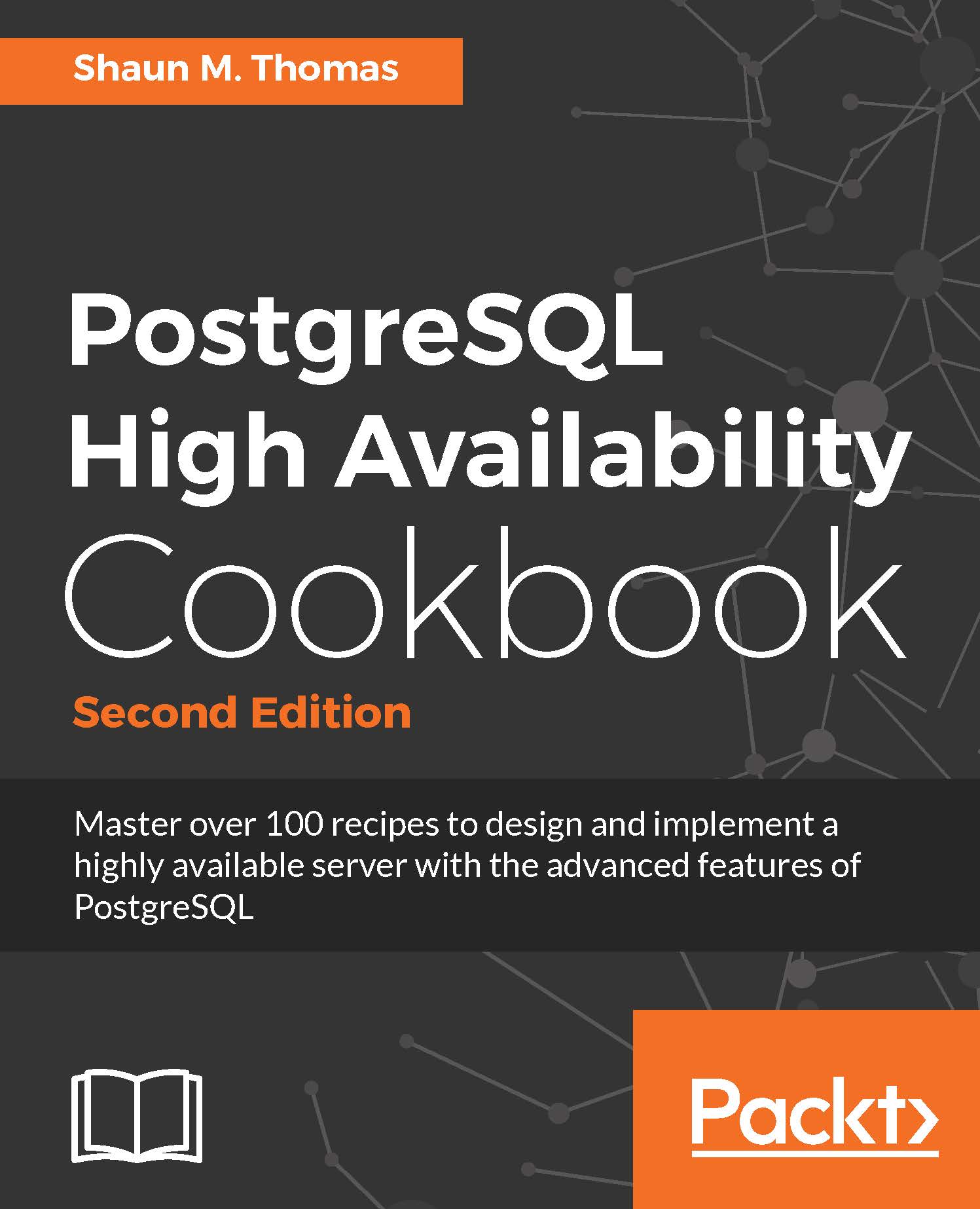OLTP systems, by their very nature, produce a very high transactional volume. Any disruption to this volume is extremely visible and costly. A primary goal with running a highly-available service, such as a database, is to minimize downtime. So for any database instance that is a critical component, there should be a copy of the server configured in such a manner that near-immediate promotion to production status is possible.
Any server that needs direct access to the database, whether it be a queue system, application server, or web frontend, is sensitive to database overload. One way of diffusing this risk is to set up one database copy for every two to four directly-connected servers. These copies are only usable for reads and not writes, but a properly designed application can accommodate this limitation. Not only does this reduce contention on the database instance that must handle data writes, it all but eliminates the likelihood of one misbehaving query from taking down the entire constellation of client-visible services.
When a sophisticated cache is involved, the risk to the frontend is greatly reduced. Properly designed, a failed read from the database can default to a cached copy until reads can be re-established. This means we can subsist on fewer database replicas. If the application does not provide that kind of cache, our job as database advocate becomes one of working with appropriate technical leads until such a cache is established.
The extra QA resource may seem excessive at first, but it has a very important role. While the testing teams may never touch the spare server, we can use it in their stead. We can never safely configure a production system for online failover without first testing that configuration on two similarly equipped systems. To do otherwise risks failure of the automatic activation of alternate production servers, which is a de facto outage. Database migrations, upgrades, resynchronization, backup restores, all of these can be tested in the QA environment before they are needed for production use. Without a second server, none of this would be possible.


